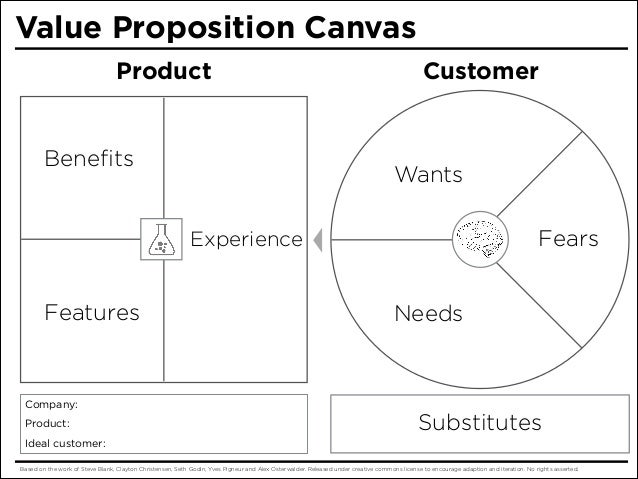We're already on week 10, wow! Last week, week 9, was actually spring break so nothing eventful pertaining to class really happened. Week 8 seemed to have gotten away from me as I forgot to write a post for it. So, here we are at week 10 getting so close to finishing the semester already.
Smart Project
Week 10 was high focus on our smart projects. Tuesday was a particular emphasis because we were to meet with our professor to talk about how the team is working and where we will be heading in the future with the product. Specifically we got to talk about the survey questions we had made ahead of time and got to refine them before putting them out there.
 Our target market for our smart project product, the Key Keeper, is college students. We decided to go with college students because they would benefit the most from a product that would allow them to stop forgetting their keys in the dorm rooms.
Our target market for our smart project product, the Key Keeper, is college students. We decided to go with college students because they would benefit the most from a product that would allow them to stop forgetting their keys in the dorm rooms.While some would prefer to do as Zoey Brooks did and remember their key by wearing it as a neckless, our product would make it easier for students to keep their keys how they already are. They would just have to hang their keys on our device and the device would help to alert them whether they forgotten their key their or not.
Our survey that we put together would help us to see if others believe our product would benefit them and would also help us to work out some kinks with the product as well. Seen below are the final questions that we've decided upon:
1. Describe what you do when you enter your dorm room.
2. Describe what you do when you leave your dorm room.
3. Do you consider yourself an organized person?
4. Do you have a special place for your keys?
5. Do you lose your keys? How often?
6. How do you get yourself to remember your keys?
7. What do you usually do when you get locked out of your room?
8. Would a product that alerts you if you forgot your keys be of interest to you?
9. Listen as we briefly describe our product to you.
10. How much would you be willing to pay for this type of product?
By asking these questions to various college students it will help us to refine our product more to target our consumers better and make the product the best it can be. We also have created a few more questions to be able to ask public safety officers to find out about protocol when students lock themselves out. Also we would be speaking to the head of facilities as well to find out his input about our product.
Pricing
Thursday's class was all about pricing. We were required to read chapter 19 before the start of class to be ready for what we would be talking about that day.
During the class we were divided into our smart project groups and paired with another group so that we could compare answers to the questions we were about to be asked. We were to pull a piece of paper from a hat and on it would be a question in which we had 3 minutes to think of an answer that pertained specifically to our smart project.
One of my personal favorite questions asked about various discounts, allowances, and rebates that could be given with our product. As we talked we realized a rebate would not bode well with our product and that a discount of some sort would be better off.


